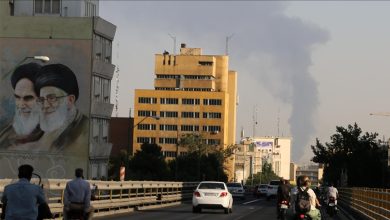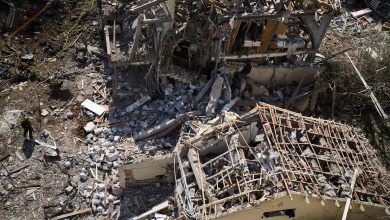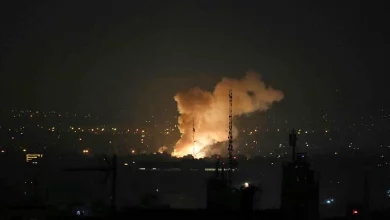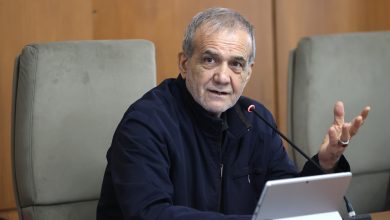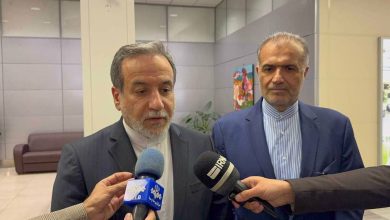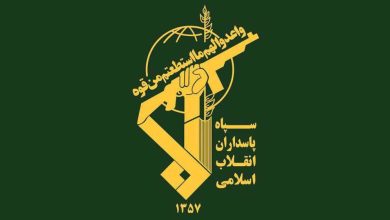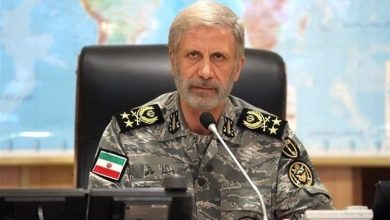Putin signals caution to the US with revised nuclear policy
Russian President Vladimir Putin has officially enacted a new nuclear doctrine, implementing the modifications he initially revealed in September.
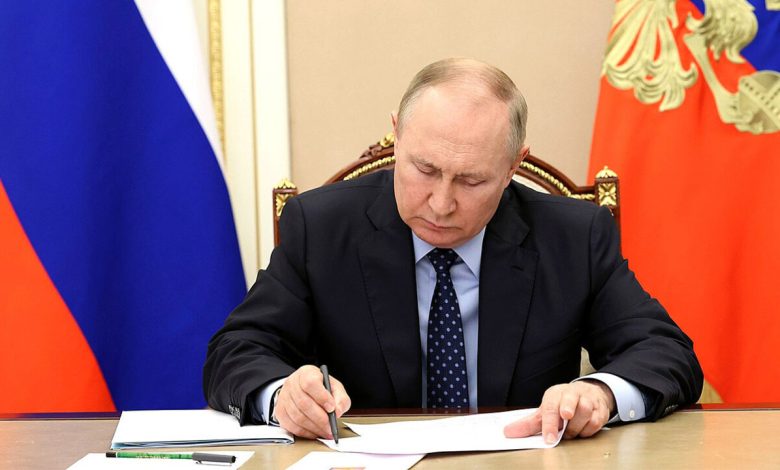
On Tuesday, an updated version of a crucial military document was released, along with an accompanying order, according to Russia Today.
Under the latest strategic doctrine, Russia has delineated conditions under which it may employ nuclear deterrence tactics to thwart potential aggression from adversarial nations and military alliances equipped with weapons of mass destruction or substantial conventional arsenals. The policy extends to nations that allow their territories to be used by third parties to orchestrate attacks on Russian soil.
An assault involving a single member of an alliance, even if the member lacks nuclear capabilities, will be perceived as an attack on the entire group. This policy equally applies to situations where a non-member state receives support from a nuclear-armed country.
According to the latest military doctrine, Russia aims to ensure that any prospective aggressor understands that any attack on the nation will bring about an unavoidable retaliatory response. This protective policy extends to Russia’s military allies, who are assured the same level of security.
The document outlines ten critical threats necessitating countermeasures through deterrence strategies. These threats include the possession of nuclear arsenals by adversarial entities and the possible unregulated spread of weapons of mass destruction along with their delivery mechanisms. Additional concerns involve the military expansion near Russia’s frontiers, the advancement of anti-ballistic missile technologies, the placement of conventional weaponry capable of targeting Russian territory, and potential sabotage initiatives aimed at causing extensive environmental calamities.
The criteria for nuclear retaliation by Russia have been expanded to encompass verified intelligence of a significant impending assault involving enemy aircraft, missiles, and drones, should these weapons breach Russian airspace.
The decision-making authority regarding the deployment of Russia’s nuclear arsenal continues to reside with the Russian president. Additionally, the president holds the power to convey intentions and any related actions concerning these weapons to international counterparts.
The revised military doctrine was released shortly after reports emerged that U.S. President Joe Biden had authorized Ukraine to employ long-range weaponry, supplied by Washington, for operations within Russia’s borders. Russian President Vladimir Putin had earlier cautioned that any such attack would be perceived as a direct confrontation between NATO and Russia.
MNA (Master of Nonprofit Administration)

